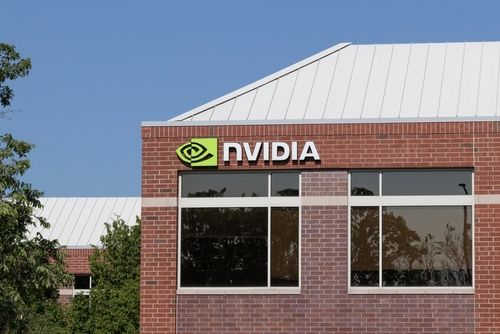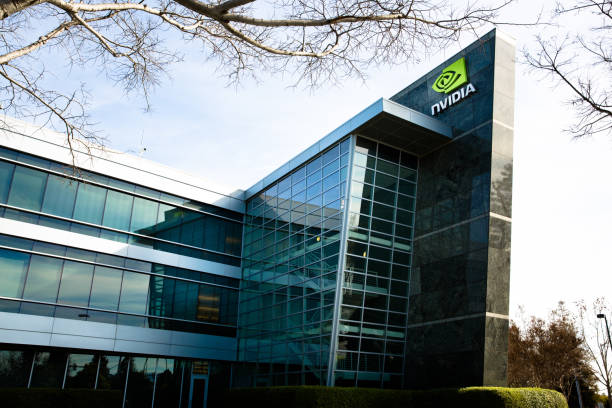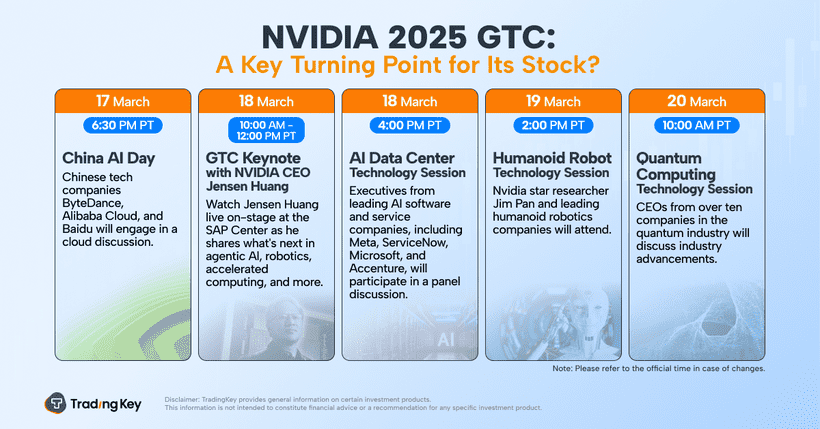Where Will Nvidia Stock Be in 3 Years?


By now, Nvidia's (NASDAQ: NVDA) business has been booming for so long that it's getting boring. As of the time of writing, shares are down by around 3% despite better-than-expected third-quarter earnings and a buoyant market for artificial intelligence (AI) hardware.
But how much longer can the momentum last? Let's dig deeper into what the next three years could have in store.
How good were earnings?
Despite being the largest company in the world with a market cap of $3.6 trillion, Nvidia's business is still growing like a start-up. Third-quarter revenue soared 94% year over year to $35.1 billion, beating analysts' expectations of $33.2 billion. And the momentum was driven by its data center business, where it sells advanced graphics processing units (GPUs) for running and trailing AI algorithms.
Nvidia also has tremendous pricing power, with a gross margin of around 75%, which suggests it is keeping the competition at bay. Management plans to maintain growth through new product releases, such as its Blackwell-based AI chips, which are expected to provide significant performance improvements over the previous generation of GPUs.
However, while the results were great, investors should note that Nvidia's growth is decelerating. Over the previous three quarters, sales rose 122%, 262%, and 265%, respectively. This slowdown will probably continue as the company faces more difficult comps over the next three years.
The AI industry remains highly speculative
Analysts remain optimistic about the future of the AI industry, with Bain & Co. expecting it to generate revenues of $990 billion by 2027 -- up from just $185 billion last year. They believe businesses are moving out of the experimental phase to begin scaling AI tech into their operations, and huge demand could strain supply chains and cause shortages. If this plays out, Nvidia's already huge margins could get even higher.
That said, analysts made similar predictions during the dot-com bubble in the early 2000s. And while the internet turned out to be a world-changing success, widespread adoption didn't come as quickly as expected. There are growing signs that a similar thing could happen to AI.
According to The Economist, the disparity between investor enthusiasm about AI and reality might be untenable. They report that only 5% of U.S. businesses say they use AI in their products and services, and few AI start-ups are turning a profit. Most notably, OpenAI, the creator of ChatGPT, expects to lose around $5 billion this year because of huge outflows for employee salaries and the massive energy costs associated with running large language models (LLMs).

Image source: Getty Images.
In the best-case scenario, Nvidia can continue to make newer, more efficient chips that can perform more computational work with less energy requirements. This could bring down the costs of training and running AI models. But there are still many other variables like competition between LLMs, which could keep the software side of the industry unprofitable, even if operational costs begin to fall.
All in all, the AI opportunity looks much more speculative and uncertain than the more optimistic analysts are letting on.
Where will Nvidia stock be in three years?
Over the next three years, investors should expect Nvidia's growth and margins to fall as investors become more realistic about the timelines needed to bring AI technology into the mainstream. That said, the stock's valuation seems to already price in this headwind. With a forward price-to-earnings (P/E) of 37, the company's shares look reasonable compared to its explosive growth rate, so the potential downside is limited.



.jpg)


